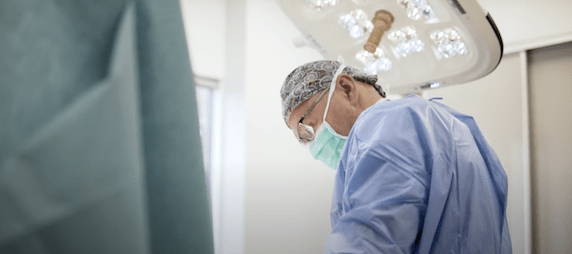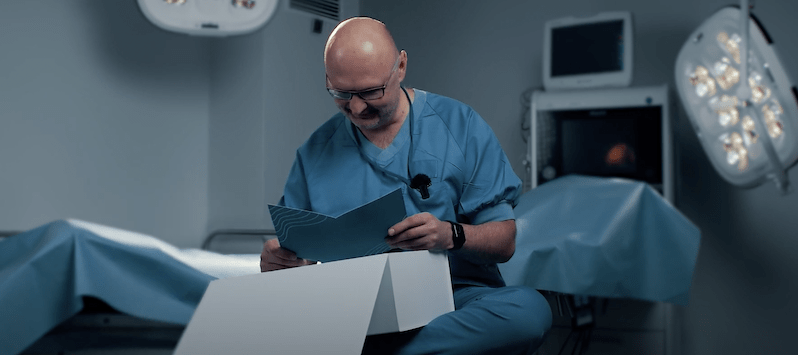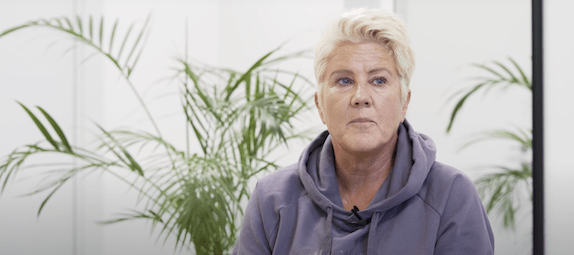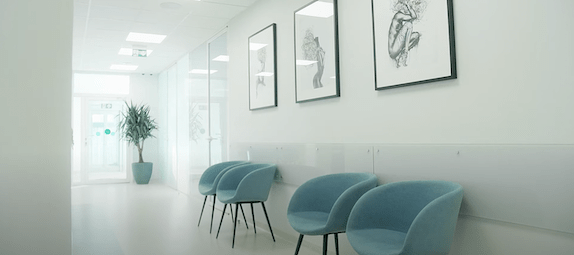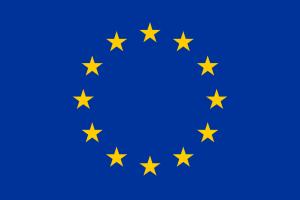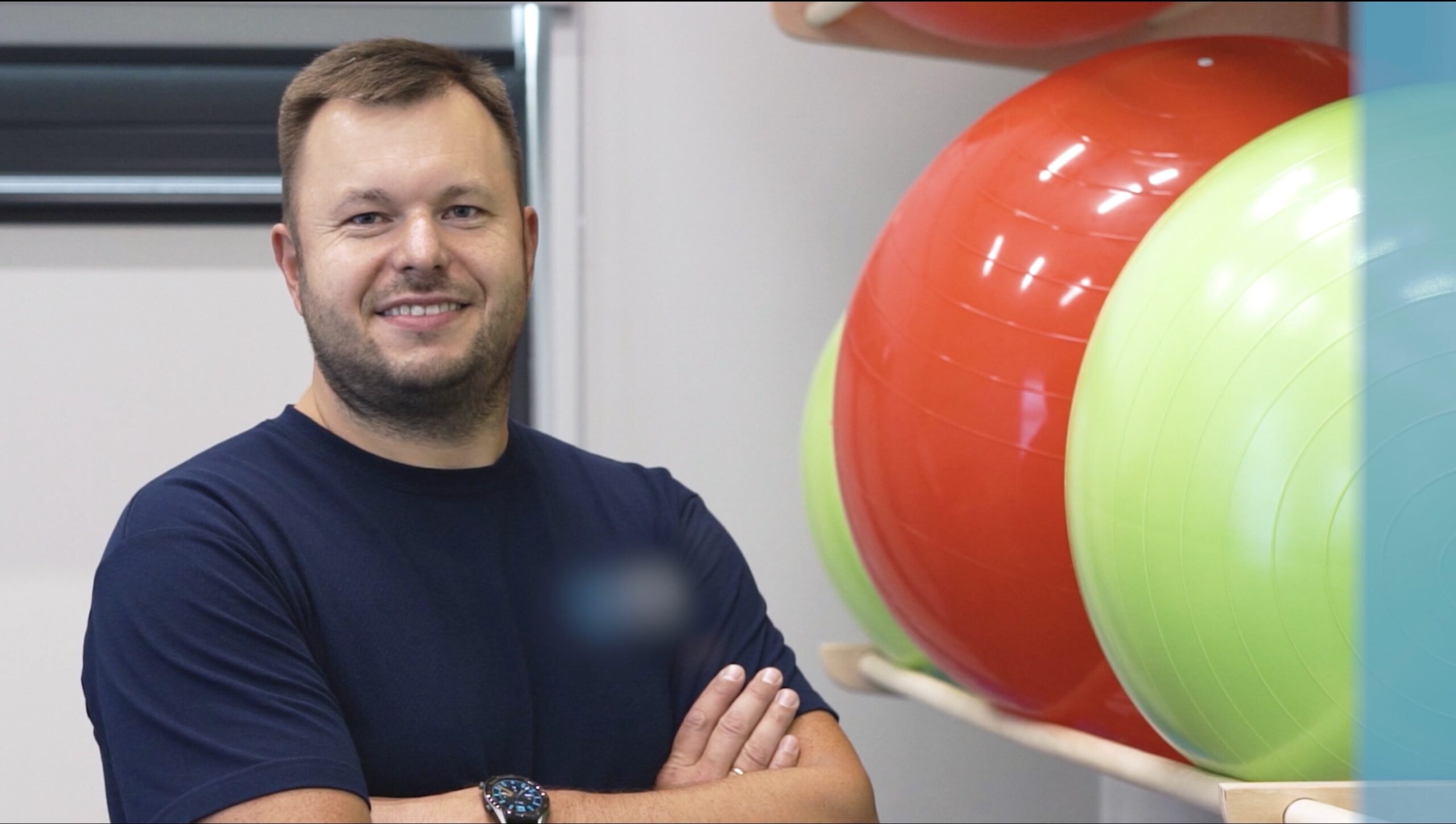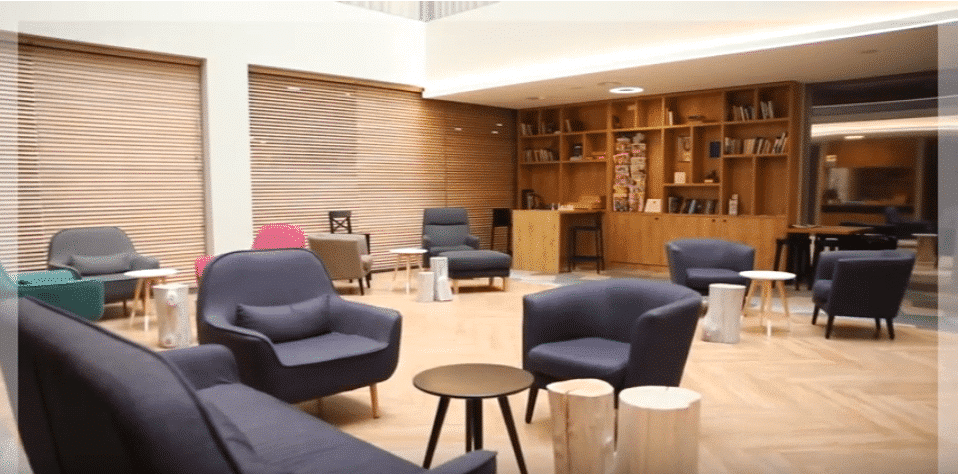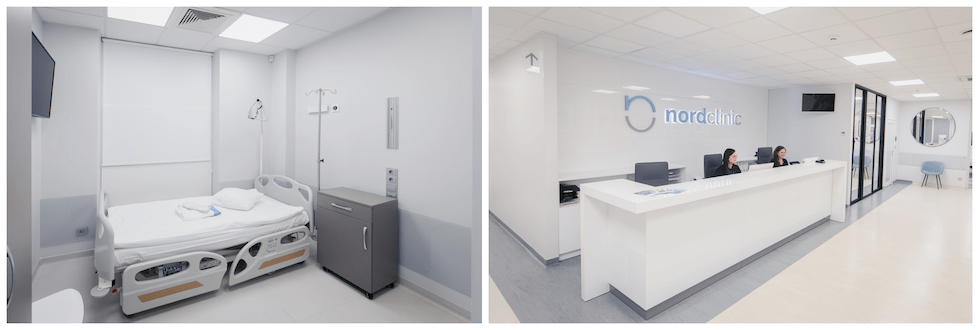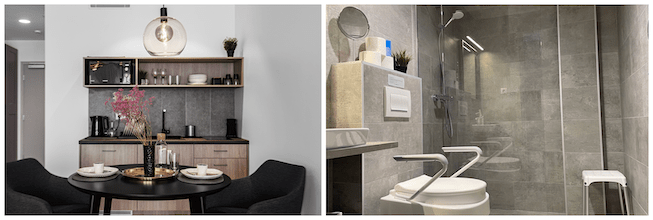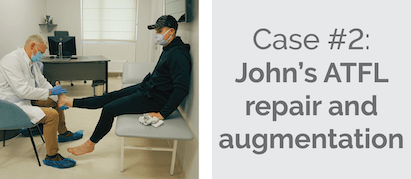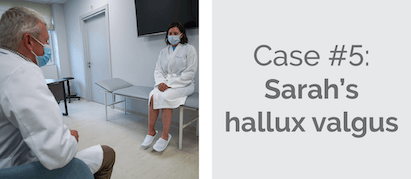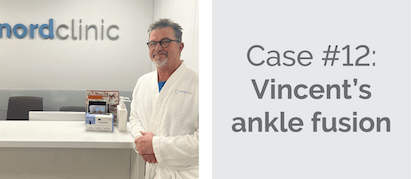Heel Bone (calcaneal) Osteotomy
We are one of the leading orthopaedic surgery clinics for medical tourists in the European Union. We are proud of the fact that over 90 % of our patients come from the UK, Ireland, Norway, Sweden, the United States, Canada and other countries.
Reviews & Facebook group
Our patients and clinic in the media
Prices
- heel bone (calcaneal) osteotomy – from 1.600 £
- flat foot surgery – from 3.750 £
- all necessary tests ( X-ray performed in 1 day) – 40 £
Tests required to confirm surgery, which can be done in our clinic within 1 day: feet X-ray (standing).
- accommodation with medical care – from 62 £ per night
- consultation with the surgeon
- necessary health tests
- surgery
- implants
- anaesthesia
- hospitalisation
- 24/7 personal assistance during your stay
- transfers to / from the airport, hotel and clinic
- all documents translated to English
The price includes Hintegra and other highest quality implants. The implant option will be discussed in greater detail once the surgeon reviews your medical documentation.
Get your surgery for free by claiming a refund from your local health board. The clinic helps patients with the documents needed to claim a refund after following the EU directive route for medical treatment abroad. It applies to patients who are insured under the systems of one of the EU countries and may not get the surgery due to long waiting times.
- heel bone (calcaneal) osteotomy – from 1.850 €
- flat foot surgery – from 4.350 €
- all necessary tests ( X-ray performed in 1 day) – 50 €
Tests required to confirm surgery, which can be done in our clinic within 1 day: feet X-ray (standing).
- accommodation with medical care – from 74 € per night
- consultation with the surgeon
- necessary health tests
- surgery
- implants
- anaesthesia
- hospitalisation
- 24/7 personal assistance during your stay
- transfers to / from the airport, hotel and clinic
- all documents translated to English
The price includes Hintegra and other highest quality implants. The implant option will be discussed in greater detail once the surgeon reviews your medical documentation.
Get your surgery for free by claiming a refund from your local health board. The clinic helps patients with the documents needed to claim a refund after following the EU directive route for medical treatment abroad. It applies to patients who are insured under the systems of one of the EU countries and may not get the surgery due to long waiting times.
Patient stories
Clinic videos
Nordorthopaedics Center Of Excellence
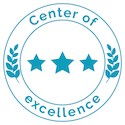
Experienced ankle and foot surgeon V. Kimtys
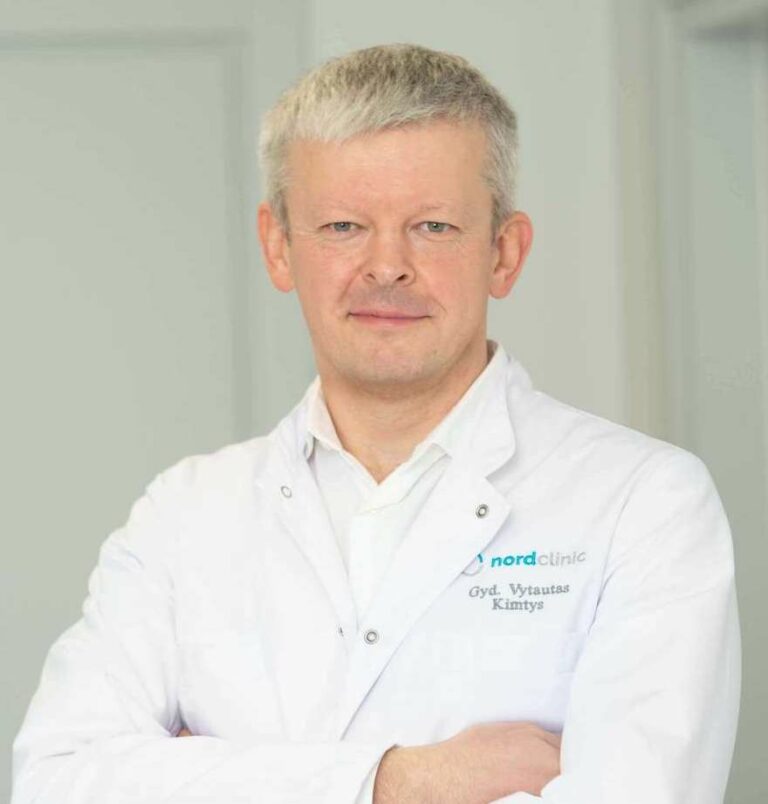
- More than 20 years of working experience
- 500 ankle prosthetics performed
- 1.000 ankle fusion surgeries
- Read more
Refund for EU patients
Get your surgery for free by claiming a refund from your local health board. The clinic helps patients with the documents needed to claim a refund after following the EU directive route for medical treatment abroad. It applies to patients who are insured under the systems of one of the EU countries and may not get the surgery due to long waiting times. On average our patients from the EU countries get fully refunded by their local health board in 5 months after their surgeries.
Rehabilitation packages
One of the most important factors for a quick and full recovery after surgery is proper rehabilitation. Rehabilitation helps recover after surgery as well as prevents formation of blood clots and helps avoid most of the postoperative complications and side effects. We offer two different rehabilitation packages:
Outpatient rehabilitation in Kaunas with a physiotherapist. The rehabilitation clinic is equipped with modern facilities. Individual rehabilitation programs are prepared by a kinesiologist with over 20 years of experience, Prof. Laimonas Siupsinskas. This type of rehabilitation is best suited for people who are physically active, athletes and those wishing to return to sports as soon as possible.
Rehabilitation in Kaunas – € 120 / £ 100 for one 1 h physiotherapy session per day.
- personalized rehabilitation course;
- specialist who is also a physiotherapist for Lithuanian Men’s National Basketball Team;
- all required medication;
- transportation to/from the rehabilitation clinic;
- read more about outpatient rehabilitation in Kaunas.
Inpatient rehabilitation at SPA resort in Druskininkai. It is equipped with modern facilities. The professionals there have years of experience working with people after various surgeries and injuries.
Rehabilitation at SPA resort in Druskininkai – from € 220 / £ 183 per day
- personalized rehabilitation course;
- room with TV and private bathroom;
- three meals a day;
- all medication needed;
- transportation to/from the rehabilitation centre;
- read more about inpatient rehabilitation in Druskininkai.
Our clinic
Self-catered accommodation with medical care
11 reasons that make us the most popular orthopaedic clinic abroad
One of the most important factors for a quick and full recovery after surgery is proper rehabilitation. Usually, clinics are not able to offer this due to costs savings. Our patients can choose between two inpatient and outpatient options: rehabilitation with a physiotherapist of the Lithuanian national basketball team, prof. L. Siupsinskas or rehabilitation at a medical SPA.
Our team of 5 orthopaedic surgeons has 10-20 years of experience in the field in total performing over 1.000 different orthopaedic surgeries per year. Moreover, our surgeons are members of various prestigious surgical societies both Lithuanian and international. Our leading joint replacement surgeon S. Tarasevicius is an author of 150 scientific publications in different medical journals, who has performed more than 3.500 joint replacement surgeries during 15+ years of his professional experience.
We are one of the leading orthopaedic surgery clinics for medical tourists in the European Union. We are proud of the fact that over 90 % of our patients come from the UK, Ireland, Norway, Sweden, the United States, Canada and other countries.
One of the world’s leading medical technology companies and orthopaedic implant manufacturers, Smith & Nephew, have chosen Nordorthopaedics as Center of Excellence in the Baltic States.
We are trusted by our patients and we appreciate all the reviews and feedback collected over the years. Find more than 150 testimonials here or on Google.
Already more than 4.000 of our former, current and future patients joined our online community with the aim to build a space for opinions and mutual support. Members are welcome to share experiences about their visit to the clinic and to discuss all surgery-related matters. No other orthopaedic clinic can offer such group support.
Being a true member of the International Society of Arthroplasty Registries, Lithuania is one of the leaders in low joint replacement revision rates, as only 9% of surgeries in Lithuania require revision in 10 years after surgery. Moreover, with the implants used at our clinic, only 2-3% of surgeries require revision in 10 years after surgery, while revision rates in some other Western countries, for example, USA, is as high as 17% in 10 years after surgery. The implants used at our clinic have been evaluated by other countries’ registries as those ensuring longest implant life, as compared to products of other manufacturers. Moreover, thanks to our active participation in collecting data for the registries, the surgical technique used at our clinic ensures best surgical outcomes.
Our clinic is seen on different media mentions like: BBC News, BBC Radio, The Telegraph, MailOnline, Winnipeg Free Press, CTV News, CBC, RTE Radio, itv.
Our clinic works according to the highest standards set by the European Union. This helps to guarantee the quality of medical services. We care about the safety, comfort and successful results of our patients from all over the world.
The clinic helps patients with the documents needed to claim a refund after following the EU directive route for medical treatment abroad. It applies to patients who are insured under the systems of one of the EU countries and may not get the surgery due to long waiting times.
We provide customer service in 9 foreign languages including English, Swedish, Norwegian, Danish, Italian, Spanish, French, Russian, Polish. Everyone in our clinic speaks English, including nurses, assistants and the surgeon.
Athletes treated at Nordorthopaedics
Official clinic of Lithuania national football teams

Highest quality implants
Our clinic uses implants based on their performance in international registries.
Being a true member of the International Society of Arthroplasty Registries, Lithuania is one of the leaders in low joint replacement revision rates, as only 9% of surgeries in Lithuania require revision in 10 years after surgery. Moreover, with the implants used at our clinic, only 2-3% of surgeries require revision in 10 years after surgery, while revision rates in some other Western countries, for example, USA, is as high as 17% in 10 years after surgery. The implants used at our clinic have been evaluated by other countries’ registries as those ensuring longest implant life, as compared to products of other manufacturers. Read more here.
13 patients' case studies
Direct flights to Lithuania





What is calcaneal osteotomy?
Calcaneal osteotomy is aimed at correcting the position of a heel bone (calcaneus) so that it perfectly aligns with a shin bone (tibia). The heel bone is critically important to the foot position during weight-bearing. Calcaneal osteotomy is designed to help patients with symptomatic foot and ankle malalignment, like an abnormally high or low foot arch. Calcaneal osteotomy relieves pain, improves bone alignment, and reduces the likelihood of arthritis later on in life.
Who is a good osteotomy candidate? What conditions does calcaneal osteotomy treat?
Calcaneal osteotomy is recommended for patients with either a cavovarus (high foot arch) or a planovalgus (low foot arch) deformity. Surgery to address the bony alignment is only considered after attempting conservative treatment options, like using custom-made corrective foot and ankle orthotics, rest, ice packs, nonsteroidal anti-inflammatory medications, and physical activity. Calcaneal osteotomy is not recommended for patients with arthritis, severe obesity, poorly controlled diabetes, peripheral vascular disease, and chronic skin diseases.
Deformation of the feet
Flat foot (Fallen arch)

Normal foot

Hollow foot (High arch)

How to prepare for calcaneal osteotomy?
After deciding to seek surgical treatment, a prospective patient should schedule the first consultation with an orthopaedic surgeon. During the initial visit, the surgeon examines the patient’s medical history, performs a physical examination, and orders radiological imaging tests, like an X-ray, CT, or MRI scans. We highly recommend patients bring a list of all the medications they take, as some of the drugs may have to be discontinued before surgery (e.g. Aspirin).
A few weeks before surgery, a patient should arrange a close relative or friend for support and assistance during the first weeks post-op. It is also a good idea to prepare one’s home for recovery, for example, to place frequently used items in easy-to-reach locations and stock up on pre-cooked meals. The patient may want to temporarily move the bedroom downstairs to avoid climbing up and down. Smoking is forbidden at least 2 weeks before surgery, as it significantly increases blood clot risk.
On the day of the hospital admission, patients are recommended to wear comfortable clothes that are easy to take on and off. At least 6 hours before surgery, patients cannot eat or drink anything to reduce the risk of vomiting while under anaesthesia.
What happens during calcaneal osteotomy?
Calcaneal osteotomy is a safe and effective surgery that improves one’s quality of life. The surgery is performed under general anaesthesia or spinal anaesthesia and takes approximately 2 to 3 hours to complete. Firstly, a surgeon makes a few centimetre incisions along the outside of the foot to access the heel bone. Then, the surgeon uses a cutting instrument to divide the heel into two pieces. After cutting the bone, the surgeon shifts the pieces to the desired location and secures them with screws to hold the bones together. There are four main types of specific calcaneal osteotomy techniques:
Evans osteotomy, also known as lateral column lengthening, is performed on patients with flatfoot deformity. The heel bone is carefully divided into two pieces that are then spread apart. A wedge bone graft inserted between them to lengthen the outer side of the foot and create an anatomically correct arch.
Dwyer osteotomy is performed on patients with varus deformity (excessive inward angulation). It involves an incision in the outer side of the heel. A bone wedge is taken out of the heel and the bone pieces are shifted into an anatomically correct position.
Medializing osteotomy is performed to restore a falling arch and correct flatfoot. The weight-bearing axis is changed by slightly cutting the heel bone and changing its position to create a higher arch.
Lateralizing osteotomy is performed through an incision in the outer side of the heel to correct an abnormally high arch. The heel bone is cut into two parts that are then shifted to lower the arch of the foot.
What happens after calcaneal osteotomy?
After surgery, the operated leg is dressed and placed in a splint. For the first 3 days, patients are at bed rest and the operated leg is elevated above the level of the heart to reduce swelling. It is normal to experience swelling and moderate discomfort. While at the clinic, pain is managed with intravenous medications, and for pain control at home, patients are prescribed non-steroidal anti-inflammatory drugs, like ibuprofen or naproxen. Ice packs can also be used for comfort.
It is recommended to stay at home for at least a week post-op. To speed up recovery, we advise to drink enough water, get proper rest, and maintain a well-balanced nutritious diet.
How long does it take to recover from calcaneal osteotomy?
The first 6 weeks post-op is the time needed for the bone to heal, the leg is non-weight bearing in a cast or cast boot. In the second week, patients begin physical therapy to speed up recovery. Sutures are also removed after about 2 weeks. Crutches or a wheelchair should be used as a walking aid for at least 4 to 6 weeks. If the surgery was performed on the left foot, driving can be resumed in 3 to 4 weeks.
After 6 weeks, an x-ray is taken to evaluate how the bone is healing. Patients begin bearing weight in a cast and for the next 2 weeks gradually increase the number of steps. If the operated leg is healing well, the surgeon may decide to remove the cast completely. If the surgery was performed on the right foot, driving can be resumed in about 8 weeks.
After 3 months, patients can walk with a regular shoe for the entire day. It can take up to 6 months to fully recover from calcaneal osteotomy.
Send us your enquiry








